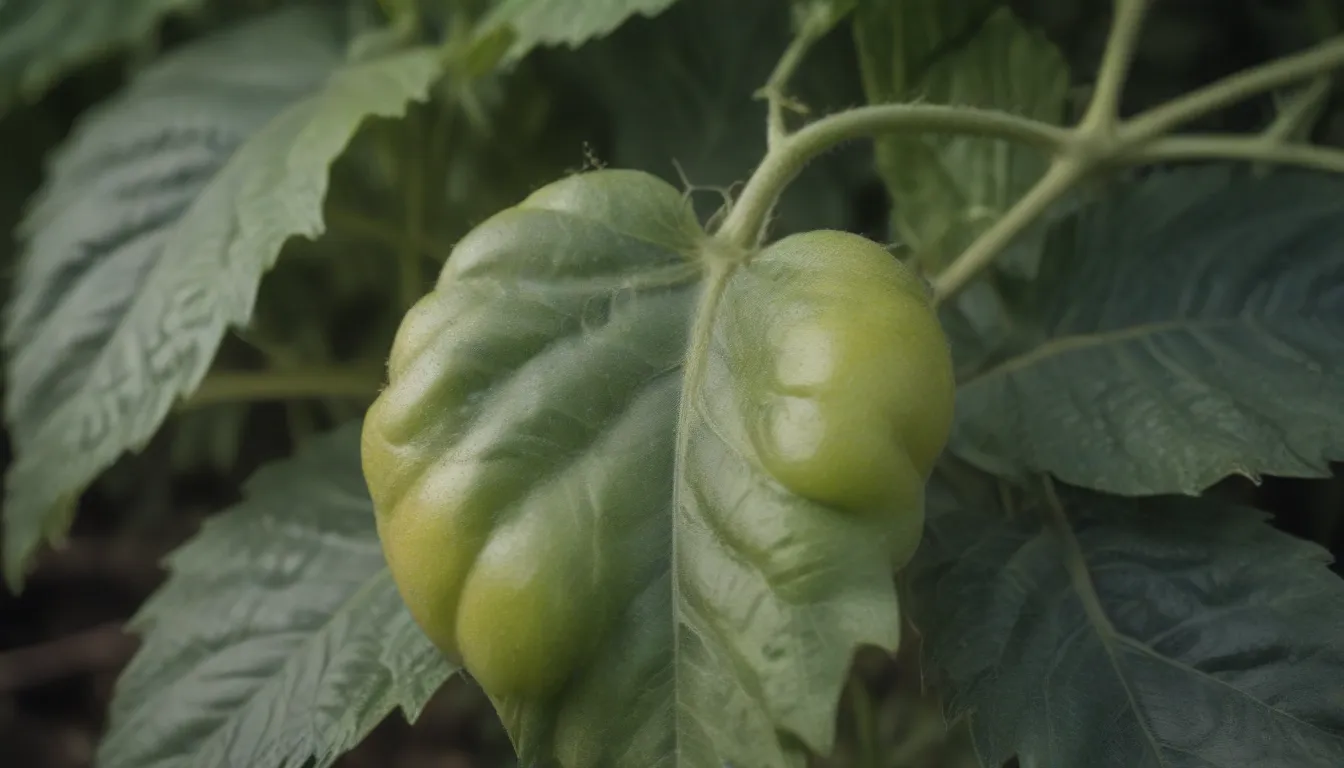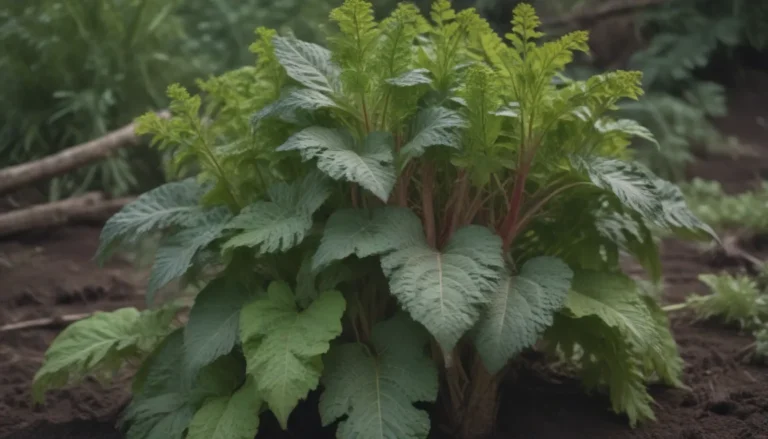Say Goodbye to Black Spots on Your Tomato Leaves: A Comprehensive Guide to Managing Septoria Leaf Spot

If you’re an avid gardener, chances are you’ve encountered Septoria leaf spot at some point. This common tomato disease caused by the fungus Septoria lycopersici can wreak havoc on your beloved tomato plants, as well as other members of the Solanaceae family like potatoes and eggplants. While not necessarily a death sentence for your tomatoes, Septoria leaf spot spreads rapidly and can weaken your plants, leading to yellow leaves that eventually turn brown and die. In this in-depth guide, we’ll delve into the world of Septoria leaf spot, from identifying the disease to treating and preventing it in your tomato plants.
What is Septoria Leaf Spot?
Septoria leaf spot is a fungal disease that manifests as black or brown spots on the older, lower leaves of tomato plants. Unlike other diseases like early blight, Septoria leaf spot mainly affects the foliage and not the fruit of the plant. The disease can spread quickly, impacting new growth and resulting in less healthy and flavorful fruit. Warm and humid conditions provide the perfect breeding ground for Septoria leaf spot, making it a common issue for gardeners worldwide.
Identifying Septoria Leaf Spot on Tomato Plants
Spotting Septoria leaf spot early is key to preventing its spread. The disease typically starts as circular lesions on the undersides of older leaves, with small dark spots surrounded by a yellow halo. As the disease progresses, these spots may grow larger and merge together, causing further damage to the plant. One telltale sign of Septoria leaf spot is the presence of dark brown fruiting bodies of the fungus within the spots, giving them a pimple-like appearance.
While Septoria leaf spot commonly affects older, lower leaves, it can occur at any stage of the plant’s life, including stems, blossoms, and calyxes. Fortunately, the disease rarely impacts the fruit itself. If left untreated, Septoria leaf spot can cause leaves to yellow, dry out, and eventually fall off, leading to plant decline and sun scorching of the exposed tomatoes.
How Septoria Leaf Spot Spreads
Fungal spores responsible for Septoria leaf spot can persist in the soil and on plant debris, waiting for the right conditions to thrive. The fungus is spread through water splashing up from the soil, as well as by insects, people, and gardening equipment. Warm and humid weather, ranging from 60 to 80 degrees Fahrenheit, provides an optimal environment for the development of Septoria leaf spot. Early detection and management are crucial to controlling the spread of the disease.
How to Treat Septoria Leaf Spot
When faced with Septoria leaf spot, prompt action is essential to protect your tomato plants. Here are some effective treatment options:
-
Removing Infected Leaves: Immediately remove infected leaves to prevent the disease from spreading further. Be sure to sanitize your hands and tools before pruning healthy plants to avoid transferring the fungus.
-
Consider Organic Fungicide Options: Fungicides containing copper or potassium bicarbonate can help prevent the spread of Septoria leaf spot. Begin treatment at the first sign of symptoms and follow the label instructions for optimal disease management.
-
Consider Chemical Fungicides: In severe cases, chemical fungicides like chlorothalonil can be used to control advanced infections. While not ideal, these products are effective at managing the disease.
How to Prevent Septoria Leaf Spot on Tomatoes
While it may be challenging to completely eradicate Septoria leaf spot, there are preventative measures you can take to minimize its impact on your tomato plants:
-
Keep Plants Healthy: Maintain plant vigor by using appropriate tomato fertilizer to support robust growth and resilience against diseases.
-
Use Disease-Free Seed: Start with disease-free seeds to reduce the risk of introducing pathogens into your garden. Avoid saving seeds from infected plants and ensure proper processing of saved seeds.
-
Maintain a Clean Garden: Dispose of all affected plant debris away from the garden to prevent the fungus from overwintering. Consider rotating crops and disinfecting cages annually to minimize disease spread.
-
Avoid Overhead Watering: Water at the base of the plant to prevent splashing and spread of fungal spores. Minimize leaf wetness by avoiding overhead watering, especially during humid conditions.
-
Promote Air Circulation: Properly space tomato plants to allow for adequate airflow and reduce moisture buildup. Staking plants and keeping them off the ground can also prevent the spread of diseases.
-
Mulch Below Plants: Apply a layer of mulch around the base of tomato plants to prevent soil-borne spores from splashing onto lower leaves.
-
Utilize Natural Fungicides: Apply a homemade fungicide solution of baking soda, vegetable oil, and dish soap to healthy plants as a preventative measure. Reapply weekly to protect plants from pests and diseases.
-
Practice Crop Rotation: If possible, plant tomatoes in a different area of your garden each year to prevent disease buildup in the soil.
Conclusion
Septoria leaf spot can be a frustrating challenge for tomato growers, but with the right knowledge and proactive approach, you can effectively manage this common disease. By familiarizing yourself with the symptoms, treatment options, and preventative measures outlined in this guide, you’ll be better equipped to protect your tomato plants and enjoy a bountiful harvest. Remember, early detection and consistent management are key to keeping Septoria leaf spot at bay and ensuring the health and vitality of your garden. Happy gardening!





